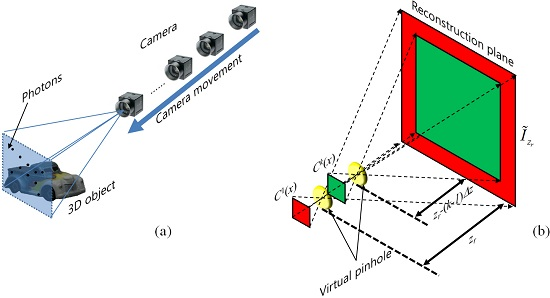Three-Dimensional Photon Counting Imaging with Axially Distributed Sensing
Abstract
:1. Introduction
2. 3D Photon Counting Imaging
2.1. Mathematical Model of Photon Counting Detection
2.2. Photon Counting Axially Distributed Sensing (ADS)
3. Experimental Results
3.1. Photon Counting Imaging with Axially Distributed Sensing
3.1.1. Experimental Setup
3.1.2. Results
4. Conclusions
Acknowledgments
Author Contributions
Conflicts of Interest
Abbreviations
| ADS | Axially distributed sensing |
| CIIR | Computational integral imaging reconstruction |
| MLE | Maximum likelihood estimation |
| SAII | Synthetic aperture integral imaging |
References
- Yeom, S.; Javidi, B.; Watson, E. Photon counting passive 3D image sensing for automatic target recognition. Opt. Exp. 2005, 13, 9310–9330. [Google Scholar] [CrossRef]
- Tavakoli, B.; Javidi, B.; Watson, E. Three dimensional visualization by photon counting computational integral imaging. Opt. Exp. 2008, 16, 4426–4436. [Google Scholar] [CrossRef]
- DaneshPanah, M.; Javidi, B.; Watson, E. Three dimensional object recognition with photon counting imagery in the presence of noise. Opt. Exp. 2010, 18, 26450–26460. [Google Scholar] [CrossRef] [PubMed]
- Jung, J.; Cho, M.; Dey, D.K.; Javidi, B. Three-dimensional photon counting integral imaging using Bayesian estimation. Opt. Lett. 2010, 35, 1825–1827. [Google Scholar] [CrossRef] [PubMed]
- Cho, M.; Javidi, B. Three-dimensional photon counting axially distributed image sensing. IEEE/OSA J. Disp. Tech. 2013, 9, 56–62. [Google Scholar] [CrossRef]
- Cho, M.; Mahalanobis, A.; Javidi, B. 3D passive photon counting automatic target recognition using advanced correlation filters. Opt. Lett. 2011, 36, 861–863. [Google Scholar] [CrossRef] [PubMed]
- Lippmann, G. La Photographie Integrale. Comp. Rend. Acad. Sci. 1908, 146, 446–451. (In French) [Google Scholar]
- Okoshi, T. Three-Dimensional Imaging Technique; Academic: New York, NY, USA, 1976. [Google Scholar]
- Okano, F.; Arai, J.; Mitani, K.; Okui, M. Real-time integral imaging based on extremely high resolution video system. IEEE Proc. 2006, 94, 490–501. [Google Scholar] [CrossRef]
- Javidi, B.; Okano, F.; Son, J.Y. Three-Dimensional Imaging, Visualization, Display; Springer: New York, NY, USA, 2009. [Google Scholar]
- Jang, J.-S.; Javidi, B. Three-dimensional synthetic aperture integral imaging. Opt. Lett. 2002, 27, 1144–1146. [Google Scholar] [CrossRef] [PubMed]
- Schulein, R.; DaneshPanah, M.; Javidi, B. 3D imaging with axially distributed sensing. Opt. Lett. 2009, 34, 2012–2014. [Google Scholar] [CrossRef] [PubMed]
- Hong, S.-H.; Jang, J.-S.; Javidi, B. Three-dimensional volumetric object reconstruction using computational integral imaging. Opt. Exp. 2004, 12, 483–491. [Google Scholar] [CrossRef]
- Goodman, J.W. Statistical Optics; Wiley: New York, NY, USA, 1985. [Google Scholar]
- Perez-Cabre, E.; Abril, H.C.; Millan, M.; Javidi, B. Photon-counting double-random-phase encoding for secure image verification and retrieval. J. Opt. 2012, 14. [Google Scholar] [CrossRef]
- Pérez-Cabré, E.; Cho, M.; Javidi, B. Information authentication using photon counting double random phase encrypted images. J. Opt. Lett. 2010, 35, 22–24. [Google Scholar] [CrossRef] [PubMed]
- Matoba, O.; Nomura, T.; Perez-Cabre, E.; Millan, M.S.; Javidi, B. Optical techniques for information security. IEEE J. Proc. 2009, 97, 1128–1148. [Google Scholar] [CrossRef]
- Cho, M.; Shin, D. 3D integral imaging display using axially recorded multiple images. J. Opt. Soc. Korea 2013, 17, 410–414. [Google Scholar] [CrossRef]
- Daneshpanah, M.; Javidi, B. Profilometry and optical slicing by passive three dimensional imaging. Opt. Lett. 2009, 34, 1105–1107. [Google Scholar] [CrossRef] [PubMed]
- Pollefeys, M.; Koch, R.; Vergauwen, M.; Deknuydt, B.; Gool, L.V. Three-dimensional scene reconstruction from images. Proc. SPIE 2000, 3958, 215–226. [Google Scholar]
- Saavedra, G.; Martinez-Cuenca, R.; Martinez-Corral, M.; Navarro, H.; Daneshpanah, M.; Javidi, B. Digital slicing of 3D scenes by Fourier filtering of integral images. Opt. Express 2008, 16, 17154–17160. [Google Scholar] [CrossRef] [PubMed]

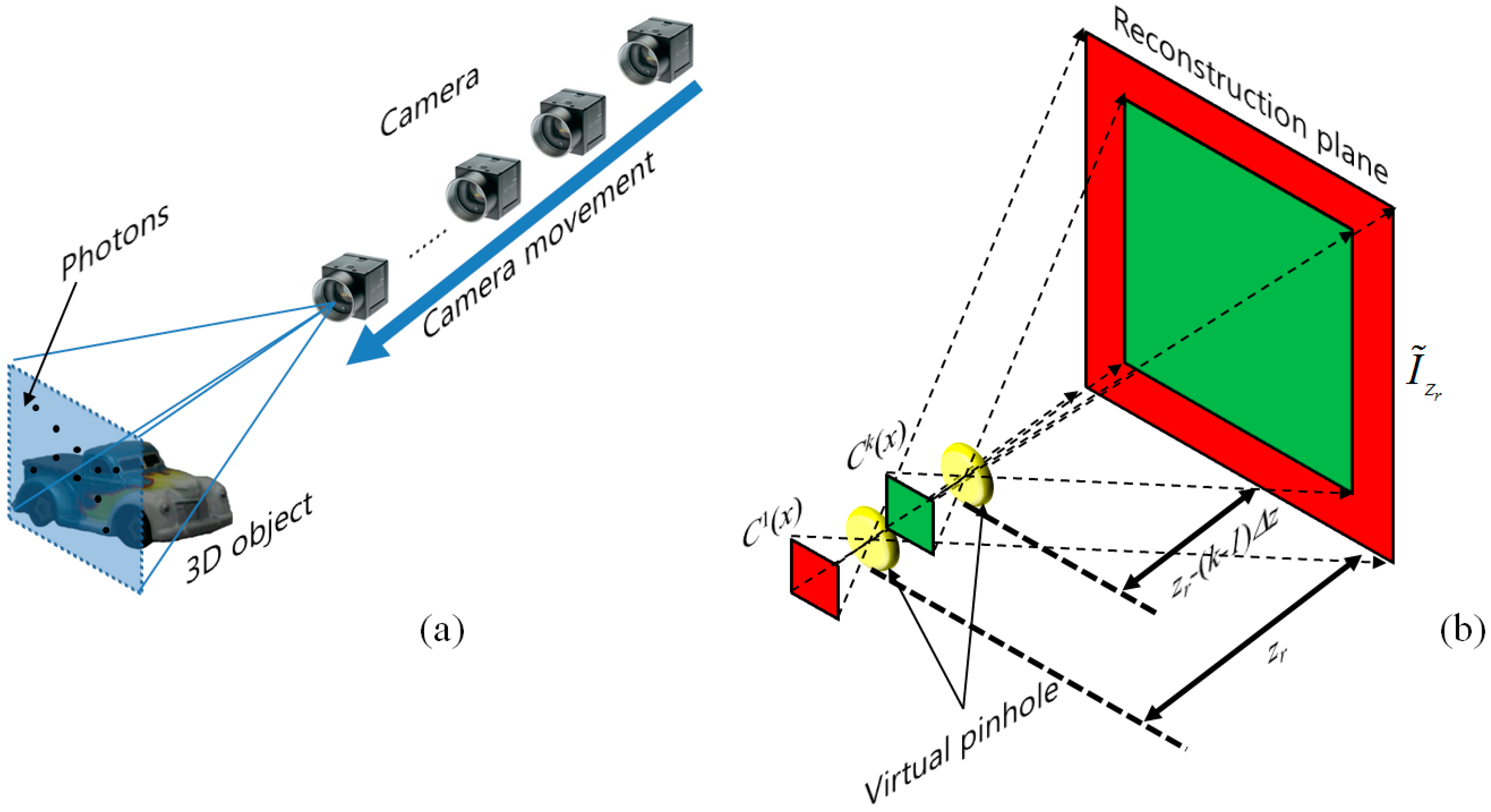

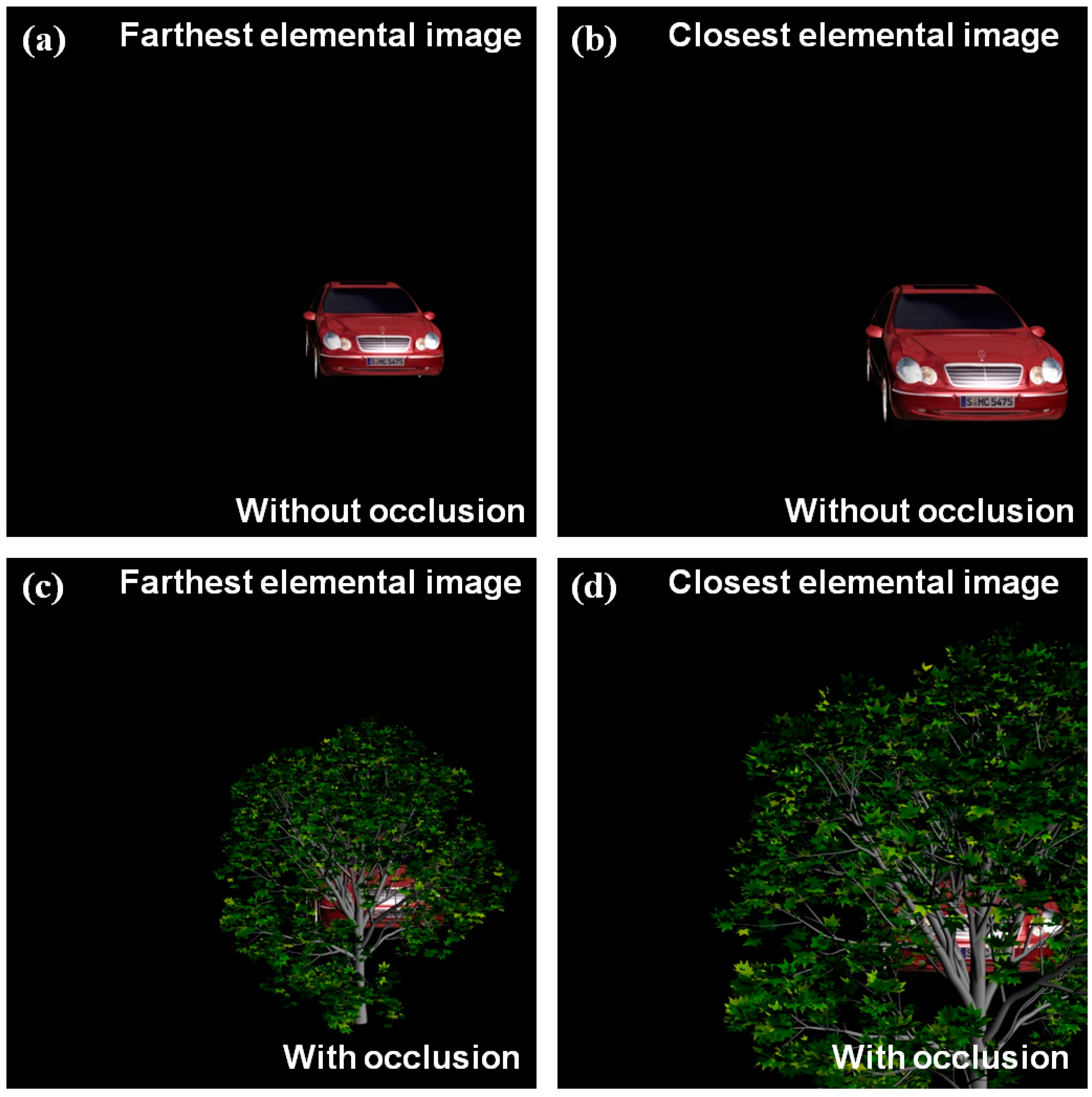
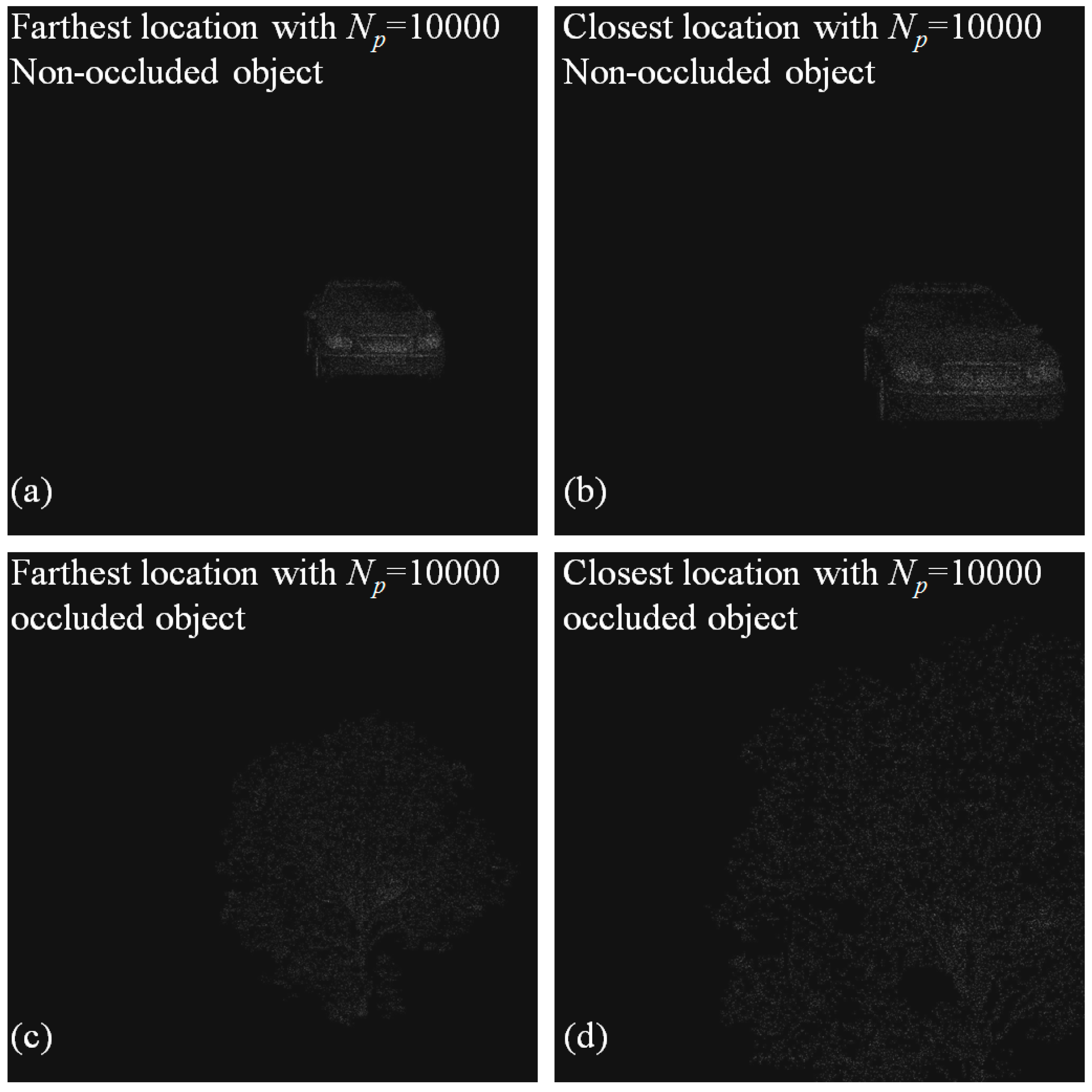
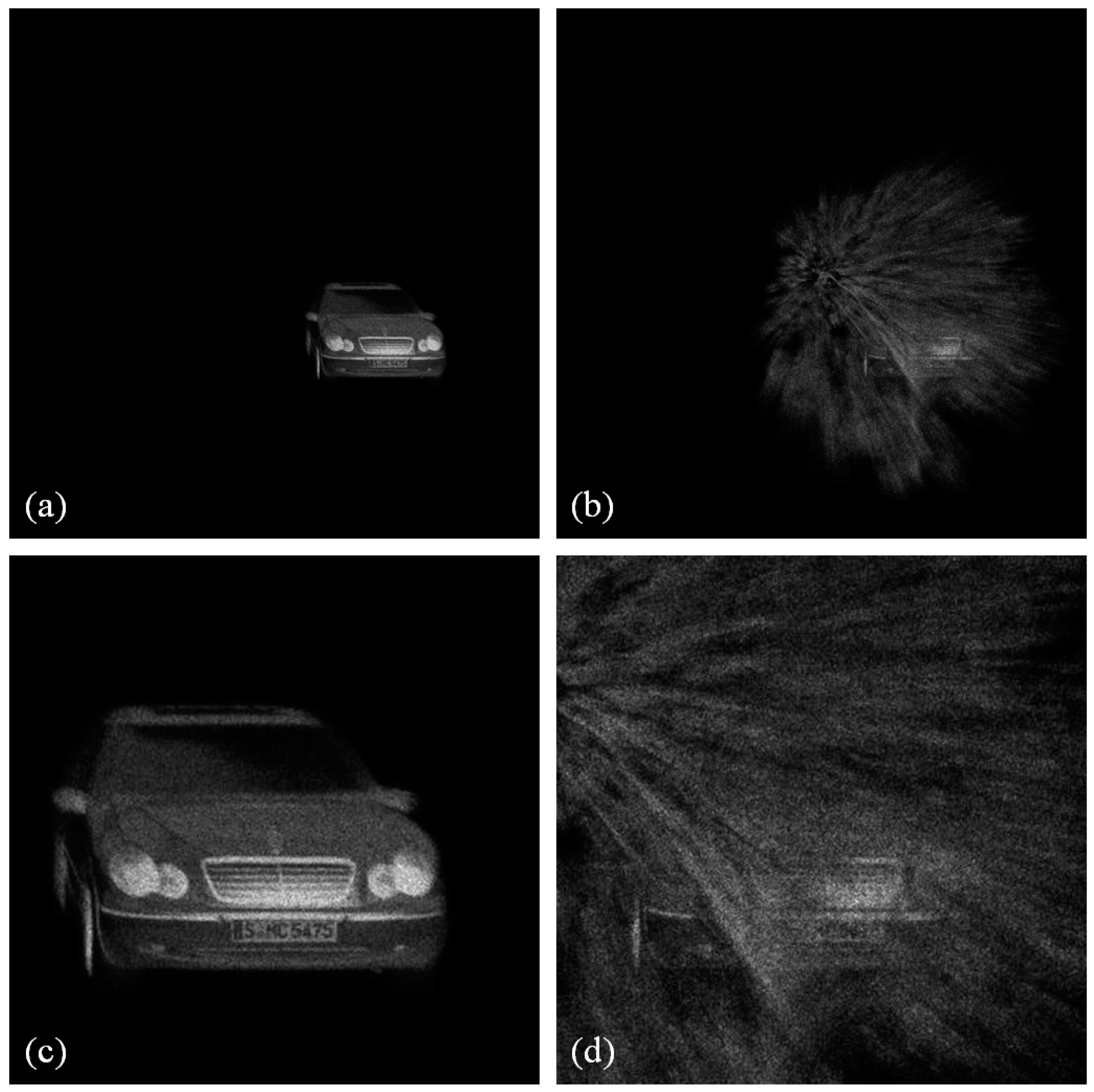

© 2016 by the authors; licensee MDPI, Basel, Switzerland. This article is an open access article distributed under the terms and conditions of the Creative Commons Attribution (CC-BY) license (http://creativecommons.org/licenses/by/4.0/).
Share and Cite
Cho, M.; Javidi, B. Three-Dimensional Photon Counting Imaging with Axially Distributed Sensing. Sensors 2016, 16, 1184. https://doi.org/10.3390/s16081184
Cho M, Javidi B. Three-Dimensional Photon Counting Imaging with Axially Distributed Sensing. Sensors. 2016; 16(8):1184. https://doi.org/10.3390/s16081184
Chicago/Turabian StyleCho, Myungjin, and Bahram Javidi. 2016. "Three-Dimensional Photon Counting Imaging with Axially Distributed Sensing" Sensors 16, no. 8: 1184. https://doi.org/10.3390/s16081184




